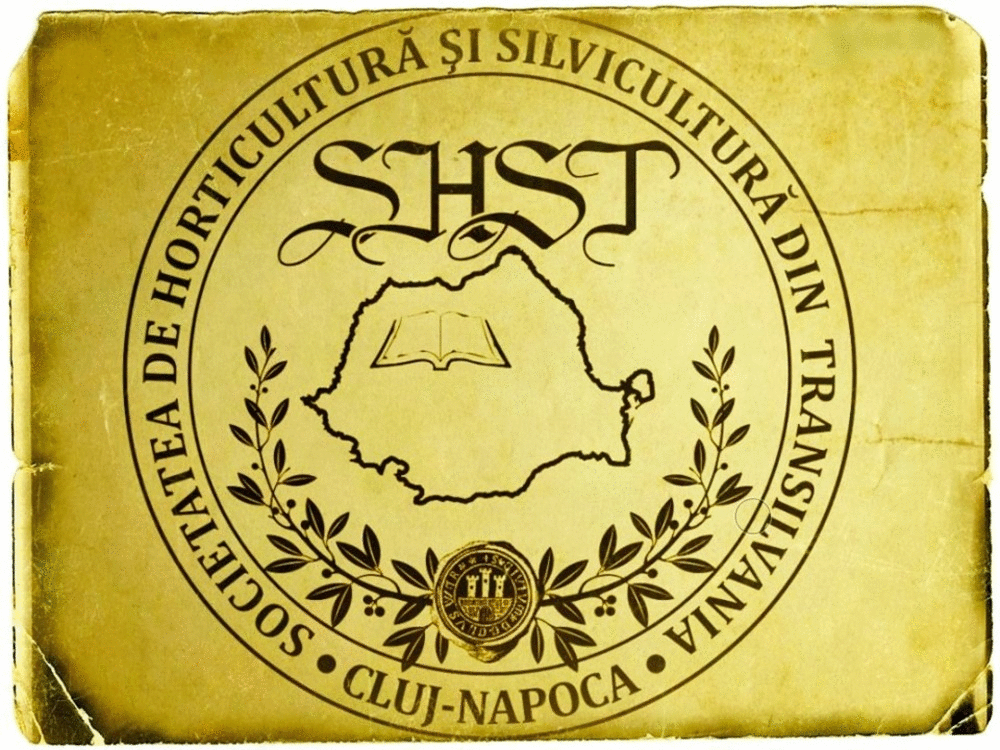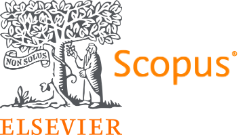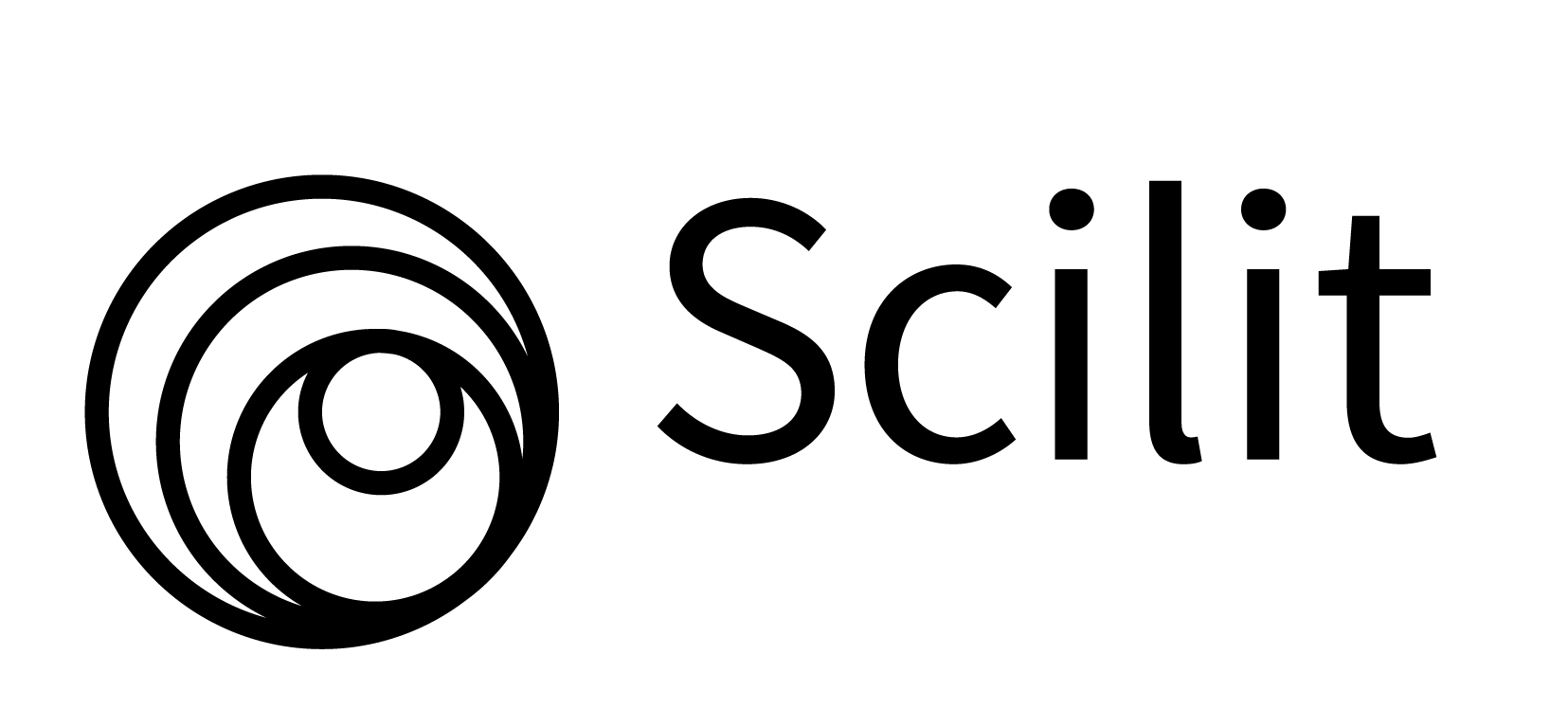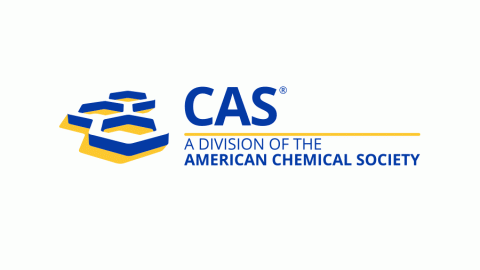Anti-proliferating activity of some toxic and medicinal plants used by Wancho tribe of Arunachal Pradesh, India
DOI:
https://doi.org/10.15835/nsb13210894Keywords:
anti-proliferative, Arunachal Pradesh, medicine, plants; toxic, WanchoAbstract
Medicinal plants extend to show an imperative role in the rural healthcare system of developing countries, where herbal medicine has a continuous history of long use. Field studies were conducted following standard ethnobotanical techniques to collect information on the use of toxic and medicinal plants used by the Wancho tribe of Arunachal Pradesh. Vigna radiata was used as a plant model in this study to investigate the antiproliferative property of selected medicinal plant extracts. Green gram seedling root apical meristem cells were used to determine the inhibition of germination and slow growth. Different concentrations of plant extract (20, 50, 250 and 500 µg/ml) were treated in a test tube containing the green gram seeds (n=5) on time dependent manner. Colchicine (20 mg/ml) was used as a standard drug for the growth retardation of green gram seedlings, while the distilled water group served as negative control. Germination test of Vigna radiata L. was performed according to ISTA (International Rules for Seed Testing) rules. The present study concludes that the methanolic plant extracts of all the collected plants significantly inhibited the rate of seed germination and seedling growth at dose dependent manner. It signifies that the use of Phlogacanthus parviflorus and Mikania micrantha in high concentrations may be potentially therapeutic for inhibiting the cell cycle in eukaryotic organisms.
Metrics
References
Agyare C, Obiri DD, Boakye YD, Osafo N (2013). Analgesic activities of African medicinal plants. In: Medicinal Plant Research in Africa. USA: Elsevier Inc. pp 726.
Basu P, Maier C (2018). Phytoestrogens and breast cancer: In-vitro anticancer activities of isoflavones, lignans, coumestans, stilbenes and their analogs and derivatives. Biomedicine & Pharmacotherapy 107:1648-1666. https://doi.org/10.1016/j.biopha.2018.08.100
Charchafchi FA, Al-Nabhani I, Al-Kharousi H, Al-Quraini F, Al-Hanai A (2007). Effect of aqueous extract of Azadirachta indica (Neem) leaves on germination and seedling growth of Vigna radiata (L.). Pakistan Journal of Biological Science 10(21):3885-3889. https://doi.org/10.3923/pjbs.2007.3885.3889
Chetry LB, Bharali MK (2018). Antiproliferative effect of aqueous bark extract of Oroxylum indicum L. on Vigna radiata L. (Green gram) seedlings. The Journal of Phytopharmacology 7(2):175-179.
Dou X, Zhang Y, Sun N, Wu Y, Li L (2014). The anti-tumor activity of Mikania micrantha aqueous extract in vitro and in vivo. Cytotechnology 66(1):107-117. https://doi.org/10.1007/s10616-013-9543-9
Dutta B, Nath N (2019). Phlogacanthus parviflorus T. Anders (Acanthaceae): a new addition to the flora of Assam. Journal of Emerging Technologies and Innovative Research 6(5):85-87.
Fawzia, Al-Charchafchi MR, Al-Shuhumi H, Al-Meselhy S, Al-Busadi M, Al-Shuhumi H (2007) Biological activity of seed aqueous extract of Nigella sativa (L.) on germination and seedling growth of Vigna radiata (L.). Pakistan Journal of Biological Science 10(23):4319-22.
Greenwell M, Rahman PKSM (2015). Medicinal plants: their use in anticancer treatment. International Journal of Pharmaceutical Sciences and Research 6(10):4103. https://doi.org/10.13040/IJPSR.0975-8232.6(10).4103-12
Hamburger M, Hostettmann K (1991). Bioactivity in plants: the link between phytochemistry and medicine. Phytochemistry 30:3864-3874. https://doi.org/10.1016/0031-9422(91)83425-K
Handa SS, Kinghorn AD, Cordell GA, Farnsworth NR (1983). Plant anticancer agents. XXII. Isolation of a phorbol diester and its delta 5,6-7 beta-hydroperoxide derivative from Ostodes paniculata. Journal of Natural Products 46(1):123-6. https://doi.org/10.1021/np50025a013
ISTA (2017). International Rules for Seed Testing 2018. Including changes and editorial corrections adopted at the ordinary general meeting, Denver, USA.
Martin G (1995). Ethnobotany - A manual of methods. London: Earthscan Publishers Limited.
Nimasow G, Rawat JS, Arunachalam A, Dai O (2011). Ethno-medicine of Aka Tribe, West Kameng district Arunachal Pradesh (India). Science and Culture 77:3-4.
Pang Y, Wang D, Fan Z, Chen X, Yu F, Hu X, … Yuan L (2014). Blumea balsamifera-a phytochemical and pharmacological review. Molecules 19(7):9453-9477. https://doi.org/10.3390/molecules19079453
Pereira A, Bester M, Soundy P, Apostolides Z (2016). Anti-proliferative properties of commercial Pelargonium sidoides tincture, with cell-cycle G0/G1 arrest and apoptosis in Jurkat leukaemia. Pharmaceutical Biology 54(9):1831-1840. https://doi.org/10.3109/13880209.2015.1129545
Perme N, Choudhury SN, Choudhury R, Natung T, De B (2015). Medicinal plants in traditional use at Arunachal Pradesh, India. International Journal of Phytopharmacy 5(5):86-98. https://doi.org/10.7439/ijpp.v5i5.2863
Rastogi PR, Meharotra BN (1996). In Compendium of Indian Medicinal Plants. Vol. I, 339; III: 194. PID, CSIR, New Delhi, India.
Ray S, Chatterjee S, Chakrabarti CS (2013). Antiproliferative activity of allelochemicals present in aqueous extract of Synedrella nodiflora (L.) Gaertn. in apical meristems and Wistar rat bone marrow cells. OSR Journal of Pharmacy 3(2):1-10. https://doi.org/10.9790/3013-3220110
Saikia S, Tamuli KJ, Narzary B, Banik D, Bordoloi M (2020). Chemical characterization, antimicrobial activity, and cytotoxic activity of Mikania micrantha Kunth flower essential oil from North East India. Chemistry Papers 74:2515-2528. https://doi.org/10.1007/s11696-020-01077-6
Sharma M (2016). Selective cytotoxicity and modulation of apoptotic signature of breast cancer cells by Pithecellobium dulce leaf extracts. Biotechnology Progress 32:756-766. https://doi.org/10.1002/btpr.2261
Singh P, Singh CL (1981). Chemical investigations of Clerodendraon fragrans. Journal of Indian Chemical Society 58:626-627.
Singh SA, Singh NR (2010). Antimicrobial activity of Cassia didymobotrya and Phlogacanthus thyrsiflorus. Journal of Chemical and Pharmaceutical Research 2(4):304-308.
Tag H, Das AK (2004). Ethnobotanical note on the Hill Miri tribe of Arunachal Pradesh. Indian Journal of Traditional Knowledge 3(1):80-85.
Talib WH, Mahasneh AM (2010). Antiproliferative activity of plant extracts used against cancer in traditional medicine. Scientia Pharmaceutica 78(1):33-45. https://doi.org/10.3797/scipharm.0912-11
Verpoorte R (2000). Pharmacognosy in the new millennium: lead finding and biotechnology. Journal of Pharmacy and Pharmacology 52(3):253-62. https://doi.org/10.1211/0022357001773931
WHO (1998). Regulatory situation of herbal medicines. A worldwide review. Geneva, Switzerland, pp 1-5.

Downloads
Published
How to Cite
Issue
Section
License
Papers published in Notulae Scientia Biologicae are Open-Access, distributed under the terms and conditions of the Creative Commons Attribution License.
© Articles by the authors; licensee SMTCT, Cluj-Napoca, Romania. The journal allows the author(s) to hold the copyright/to retain publishing rights without restriction.
License:
Open Access Journal - the journal offers free, immediate, and unrestricted access to peer-reviewed research and scholarly work, due SMTCT supports to increase the visibility, accessibility and reputation of the researchers, regardless of geography and their budgets. Users are allowed to read, download, copy, distribute, print, search, or link to the full texts of the articles, or use them for any other lawful purpose, without asking prior permission from the publisher or the author.













.png)















